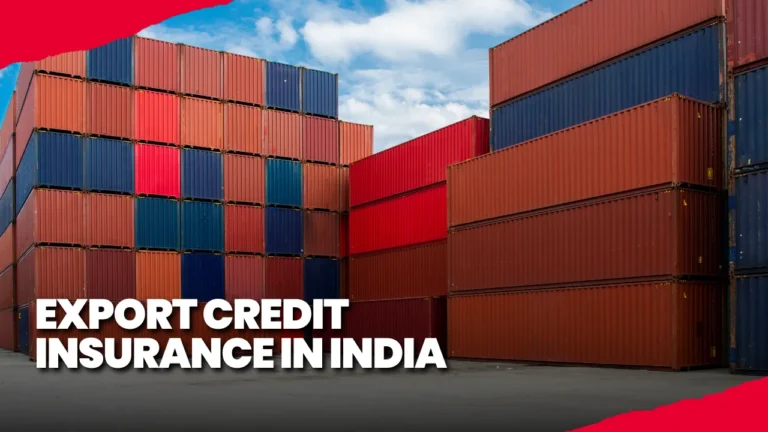The Essential Guide to Export Credit Insurance: Protecting Your International Sales

Introduction
Picture this: You’ve just landed a major transnational deal worth hundreds of thousands of dollars. The foreign buyer seems believable, but what happens if they cannot pay? This script keeps many exporters awake at night — and rightfully so. That’s where Export Credit Insurance and trade finance instruments become your financial services safety net.
What Exactly Is Export Credit Insurance?
Export credit insurance (ECI) protects exporters against the risk of non-payment by foreign buyers. Simply put, exporters can cover their foreign receivables against a variety of pitfalls that could affect in non-payment. Think of it as your business insurance policy for International Trade Finance — covering everything from buyer ruin to political upheaval.
The coverage generally includes commercial risks like buyer bankruptcy and prolonged defaults, plus political risks such as war, terrorism, currency inconvertibility, and changes in import regulations. ECI is offered either on a single-buyer basis or on a portfolio multi-buyer basis for short-term (up to one year) and medium-term (one to five years) repayment ages, supported by risk management instruments like standby letter of credit or bank Guarantee.
Why Your Business Needs This Protection
Here’s a sobering statistic: in the year 2018, over 6,078 businesses filed for bankruptcy under Chapter 11 regulations — and this is just one type of bankruptcy a company can file in the United States. When you combine all bankruptcy types, that number jumps to over 22,000 annually. Even creditworthy transnational buyers could default due to circumstances beyond their control.
With export credit insurance, you can offer competitive open account terms while minimizing payment pitfalls. This confidence allows you to increase export deals, establish market share in emerging Worldwide trade Finance banks markets, and compete more aggressively globally with Trade Finance Services like letter of credit from bank solutions.
The Real-World Benefits
Expand Without Fear
Have you ever turned down a large international order because the payment risk felt too high? Export credit insurance changes that equation. It equips U.S. businesses to enter new markets without the fear of foreign client non-payment, extend competitive trade credit finance solution terms, and access more attractive receivables backing through Trade Finance Advisory Services.
Better Financing Terms
When your foreign receivables are insured, lenders become more willing to increase your borrowing capacity and offer better financing terms. Your insured receivables basically become stronger collateral through trusted Financial Instruments Provider options like MT700 and MT760.
Peace of Mind
Many insurers also provide Trade Finance Emailer and debt collection services, taking the stress out of chasing payments across borders. These are often backed by tools like MT799 and MT998 to ensure reliable messaging and Secure Payment Guarantees.
Coverage Options and Costs
Short-term ECI, which provides 90 to 95 percent coverage against commercial and political risks that result in buyer payment defaults, generally covers (a) consumer goods, materials, and services up to 180 days, and (b) small capital goods, consumer durables, and bulk goods up to 360 days.
Most multi-buyer programs cost less than 1 percent of insured sales, whereas single-buyer programs vary based on perceived risk. The cost depends on your business size, order volumes, industry, and trading partners. Trade credit provider offerings are often bundled with warranty bond service, Proof Of Funds, or bank guarantee for payment
Where to Get Coverage
You have two main options: private commercial insurers and the Export-Import Bank of the United States (EXIM). Private insurers offer flexibility and faster decisions, while EXIM provides coverage in high-risk or emerging markets where private insurers might not operate. EXIM is often seen as a trusted Trade Finance Bank offering Corporate Trade Finance Solutions.
Your Next Step
Ready to protect your international deals? Start by assessing your current export portfolio and identifying your biggest payment risks. Consider this: What would happen to your business if your largest transnational client couldn’t pay tomorrow? If that thought makes you uncomfortable, it’s time to explore tradepay service options or pof proof of funds validation.
Remember, successful global expansion isn’t just about finding customers — it’s about getting paid by them. Partnering with a reliable Trade Finance Company and utilizing financial instruments for trade can make all the difference.
